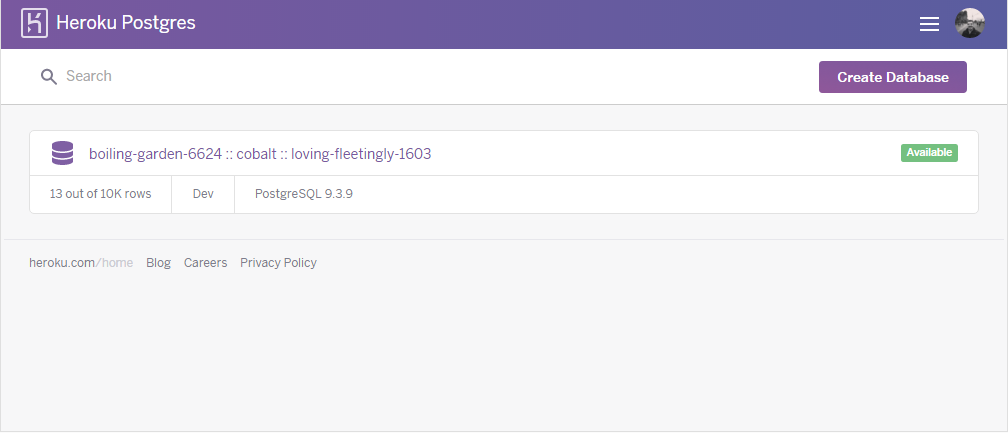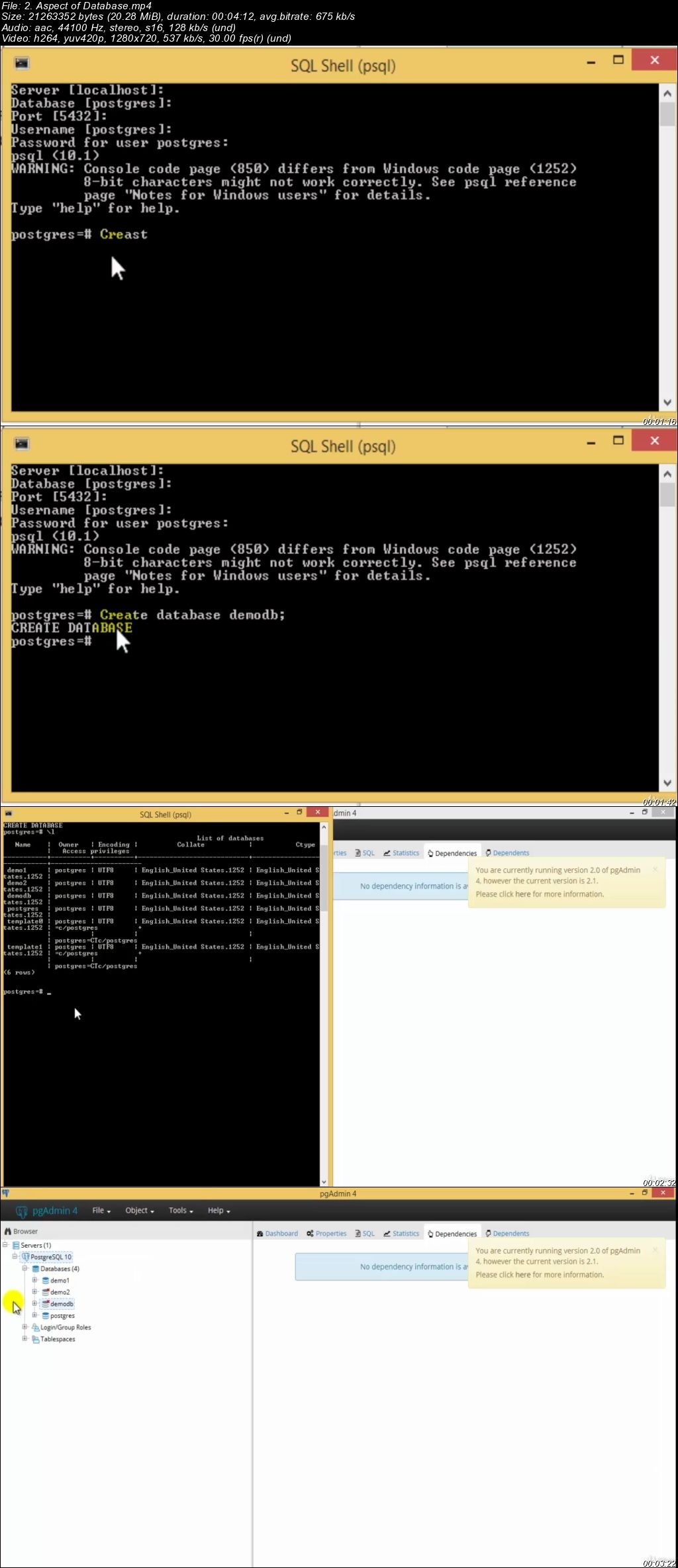
- HEROKU POSTGRESQL TUTORIAL HOW TO
- HEROKU POSTGRESQL TUTORIAL INSTALL
- HEROKU POSTGRESQL TUTORIAL UPDATE
- HEROKU POSTGRESQL TUTORIAL SERIES
- HEROKU POSTGRESQL TUTORIAL FREE
You can now configure the database for your project, we simply need the Database URL from the heroku app dashboard. This should hopefully add a fresh instance of a postgres database for your heroku app. Once the CLI is installed, you need to login into your Heroku account by entering the following command:
HEROKU POSTGRESQL TUTORIAL INSTALL
You need to first install the CLI by heading towards the heroku documentation. You can use the Heroku CLI which is a command-line interface for managing and creating Heroku applications.

HEROKU POSTGRESQL TUTORIAL FREE
You are limited to 5 apps on the Free tier but that can be expanded on the paid plans.

That would be good to go for creating and serving up the project while deploying the project on Heroku.Ī Heroku App is basically like your Django Project, you can create apps for deploying your django projects on Heroku. Inside the file add the following contents:

In our case, for django we need a web process that can manage the server.Ī Procfile is a simple file without any extension, make sure to write Procfile as it is as the name of the file in the root folder of the project. Next up, we have the Procfile, a procfile is a special file that holds information about the processes to be run to start or activate the project. Simply use the command pip freeze > requirements.txt in the activated virtual environment.
HEROKU POSTGRESQL TUTORIAL UPDATE
You need to update the requirements.txt file every time you install any new package or modify the dependencies for a project. So, that's all we need to take care of packages and keep a list of these integrated packages for the project. You just need to make sure to install any package with pipenv install and not pip install for better and improved package tracking. If you are using pipenv, you don't need to make any efforts to manually activate and manage virtual environment, the dependencies are installed and taken care of by the pipenv installer. there might be additional dependencies that become quite crucial for the smooth working of the project. This is vanilla Django without any additional dependencies but if you have integrated other functionalities like Django Rest Framework, PostgreSQL, Crispy Forms, Schedulers, etc. We can use the virtualenv package to isolate a python project from the rest of the system.Įnter fullscreen mode Exit fullscreen mode We need to set up a virtual environment in order to keep the Django project neat and tidy by managing the project-specific dependencies and packages. As for the database, we'll be using Postgres as Heroku has an add-on for it and it is pretty easy to configure. We'll be creating a simple blog application with a couple of views and a simple model structure.

Let's get started with Django Deployment!įor deploying an app, we definitely need an app, we need to create a basic Django application to deploy on the web. In this series, we will be exploring some platforms for giving a better understanding of how things work and understanding a few components that were left as default while understanding the basics of Django.
HEROKU POSTGRESQL TUTORIAL SERIES
This series will be an extension of the series Django basics which covered the basics of the Django framework, we covered from basic Django fundamentals to building a CRUD API.
HEROKU POSTGRESQL TUTORIAL HOW TO
Though the free tier is not a great option for bigger applications, it suits really well for smaller scale and ide projects, so we will be looking into the details of how to deploy a Django application to Heroku which is a Platform as Service (PaS). A free tier Heroku account has a limitation of 5 apps, limited data in the database, limited connections to the server per month, and so on. It provides a decent free tier with some great features and add-ons. Django projects are quite easy to build and simple to understand, you might have created a Django application and wanted to show it to the world? You can deploy a basic Django application with a database(PostgreSQL) with Heroku.


 0 kommentar(er)
0 kommentar(er)
